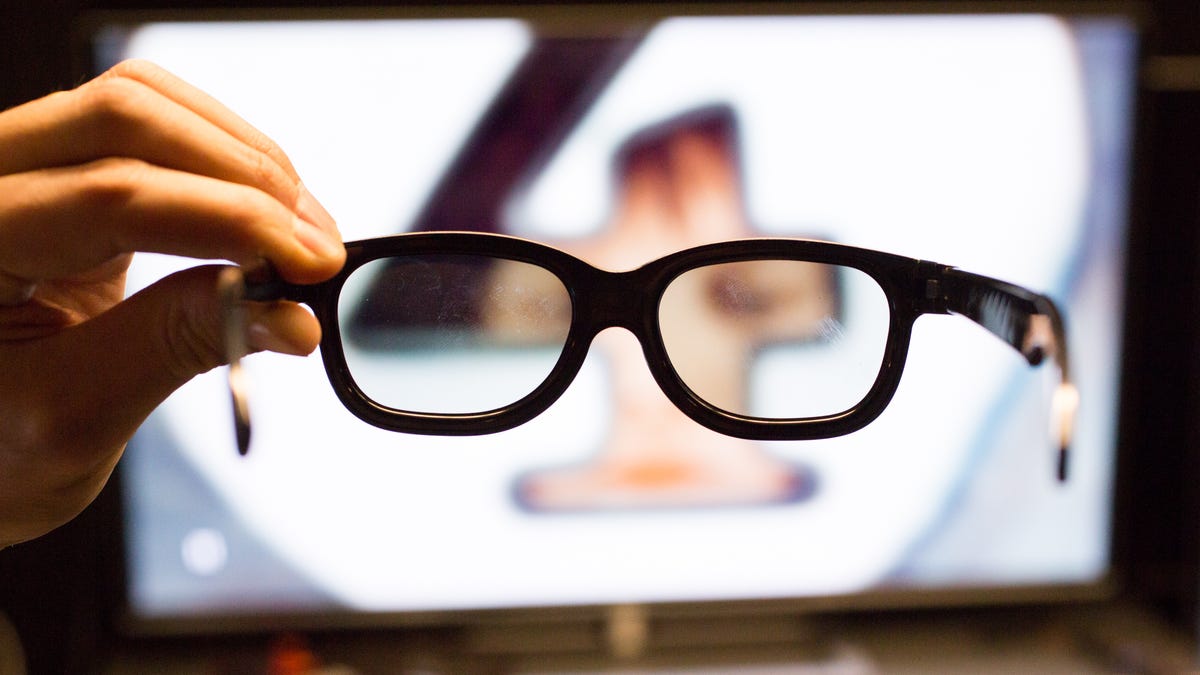3D for your home is even more dead than you thought
Nvidia is the latest company to give up on the technology for our homes.

The long drawn-out death of 3D continues.
This time, it comes from chipmaker Nvidia , which said Friday it plans to stop supporting its decade-old "3D Vision." The technology, first announced in 2009, was meant to serve as a standard for PC and gaming communities. The company made the announcement on a support page on its website.
The move is the latest in the slow, painful death of 3D. The technology trend sprang to life amid the hype over James Cameron's Avatar sci-fi film in 2009. Many more 3D movies followed, while broadcasters such as ESPN began hyping the technology for use in our homes.
That's where Nvidia's 3D Vision came in. Known for the graphics chips it sells for high-end PCs, the company saw 3D vision as an opportunity to standardize the technology PC and monitor makers used.
"When you look at 3D movies, look at 3D games, you feel like you are inside the computer and the experience is very dramatic," Nvidia CEO Jen-Hsun Huang told Reuters at the time.
Ultimately, that's not how it played out. The glasses were goofy-looking and 3D content often cost more, pushing most people away. By 2017, 3D TV was dead.
Now, Nvidia has given up too.
The company didn't respond to a request for comment.

